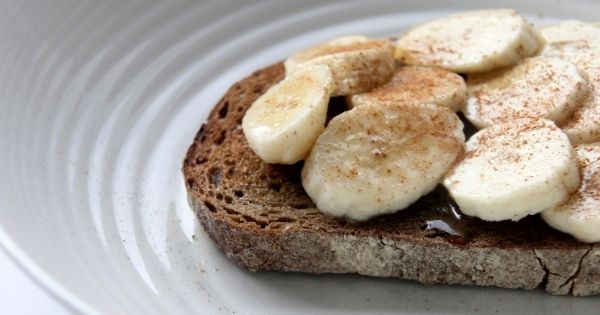Your metabolism is the name we give to describe all of the processes by which our bodies carry out chemical processes that sustain our lives. It includes the digestion and absorption of food and the regulation of ideal body temperature. All of these processes require energy. That energy comes from the food we eat and our stored body fat.
When it comes to weight loss, the goal is to ramp up the metabolism while, at the same, decreasing caloric intake, so that the energy demand is met by stored fat. In this article, we reveal 5 ways to reprogram the metabolism to increase the fat burn.

Clean Up Your Diet
The cleaner your diet, the more you will be consuming foods that are nutrient dense and require greater metabolic effort to consume. Here are three things you can do to help you to keep it clean :
- Cut down on eating outside of the home, cooking your own food the majority of the time.
- Cook your food so that it is close to its raw state. Get into the habit of grilling or baking your meat, chickens and fish. Eat your vegetables steamed. Add in plenty of fruit, seeds, and beans.
- Fill half of your plate with quality protein like chicken, fish or steak and the other half with green leafy and fibrous vegetables.
Reduce Carbs & Increase Protein
If you want to know the truth about how to lose weight, you need to focus on insulin, the hormone that transports fat to muscle cells. Nothing drives insulin release more than carbohydrates. By decreasing your carb content you will be helping to regulate your metabolism, balance your blood sugar levels and lose body fat. Cut out all processed carbs such as sugar laden desserts and soft drinks.
If you are going to have some carbs, the best time to have them is early in the morning when your muscle glycogen levels are low and straight after a workout for the same reason. Try eating a banana on toast after your training session to refill muscle glycogen and satisfy your post-workout hunger.

Fast on a Weekly Basis
Intermittent fasting has become an extremely popular method of losing body weight fast. Those who have a slow metabolism will find success with this method. Intermittent fasting involves going for up to 36 hours without eating. As well as being able to boost your metabolism, fasting will deplete your body’s glycogen levels so that you are burning only stored body fat in order to meet your body’s metabolic needs.
Begin with a 16 hour fast. You can accomplish this by simply skipping breakfast. If your last meal was at 7pm, then you simply hold out until 11am before having your first meal. Once you are used to this type of fast, you can extend your prime fat burning period by extending to a 24 or 36 hour fast.
With a 36 hour fast you would, for example, stop eating at 7pm on Thursday and fast right through until 7am on Saturday. You can drink green tea and unsweetened black coffee along with bone broth. If you can work up to a 36 hour fast once per week, you will be seriously ramping up your metabolic boost and related fat loss.
Ramp Up Your Cardio
Steady state, low intensity cardio is not an effective way to burn calories. It is far more advantageous to do interval training, where you engage in hard, fast exercise followed by shorter recovery periods. Called High Intensity Interval Training (HIIT), this method ramps up your metabolism for up to 24 hours after the workout is over.
Here’s three interval training methods to add to your schedule:
- Time Specific Intervals – Sprint for 20 seconds followed by a 10 second recovery. Repeat this cycle eight times.
- Volume Specific Intervals – Do a predetermined number of reps, or a set distance. Keep to a set recovery time.
- Time-Volume Specific Intervals – Within a 60 second time frame, do a set number of reps – say 15 – then rest for the rest of the minute. Do this for a number of rounds. Each succeeding set you will have more fatigue, which will shorten your rest time. This will ramp up your post workout metabolism.

Push Beyond Your Comfort Zone
In order to keep making success in both keeping your metabolism high and burning body fat, you need to progressively increase your training intensity. Each succeeding workout, you need to be doing a little more than you did last time. Here are four ways you can do that:
- Higher volume
- Heavier weight
- Higher frequency
- Harder lifts, such as pause squats or hill training
Wrap Up
By integrating our five metabolism boosting hacks into your lifestyle, you will be able to burn more calories even when you’re not exercising. As a result, you will be able to boost your fat loss, turning that stored larder into more energy.
 Kaboutjie SA Mommy Blogs by Lynne Huysamen
Kaboutjie SA Mommy Blogs by Lynne Huysamen





Good read.. I need to go through these pointers to help with my weight loss journey. Thank you!!
Thank you for the relevant information. Really helpful
Good read. I’ve started my intermittent fasts by doing so 1x a week. I’m huge on snacking and have a slow metabolism. These tips are helpful.
Hmm I don’t know if Id be able to go for 36 hours without eating … Perhaps 24 … I like that fasting is part of the plan !